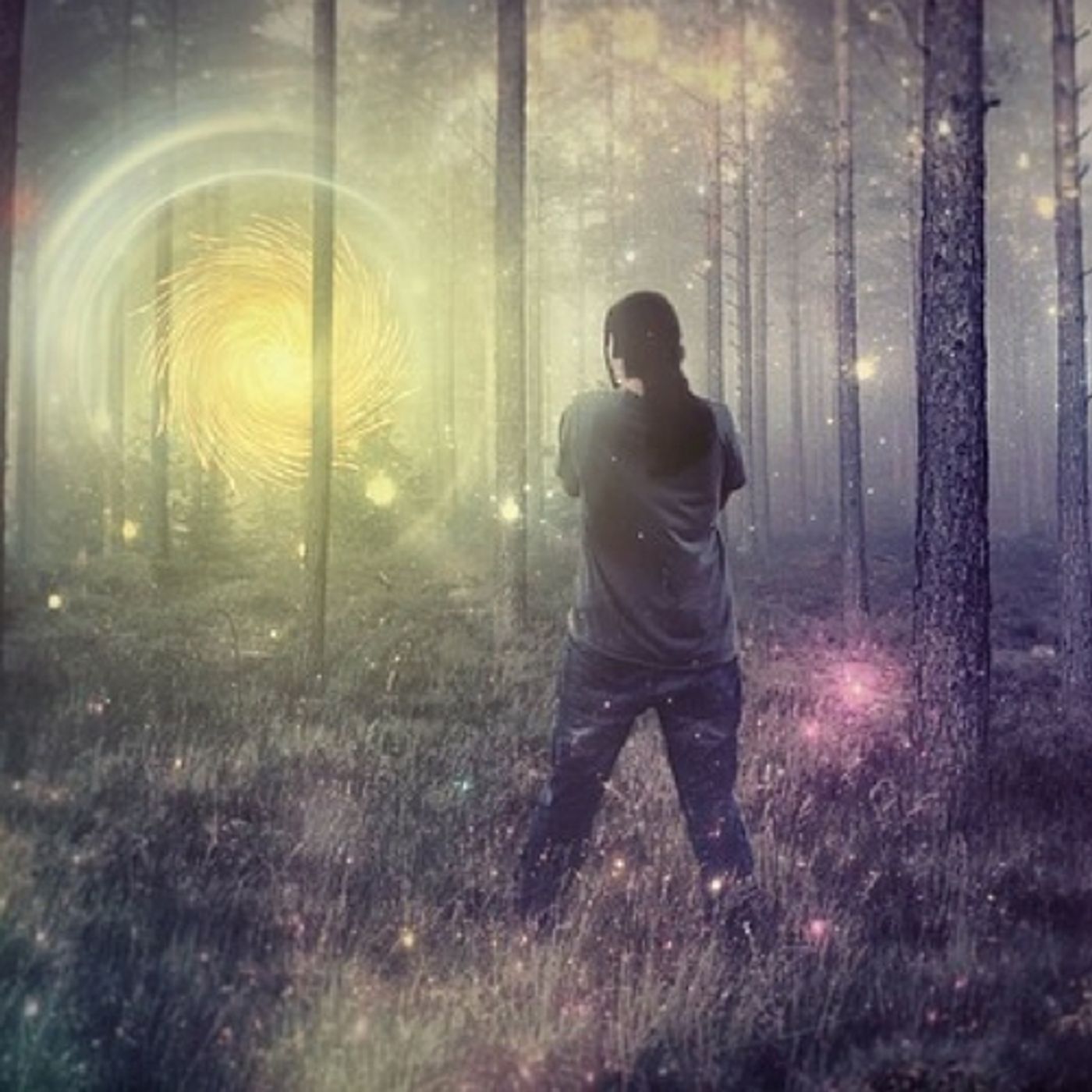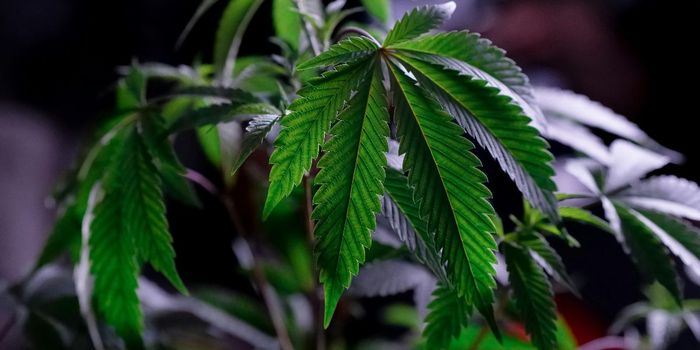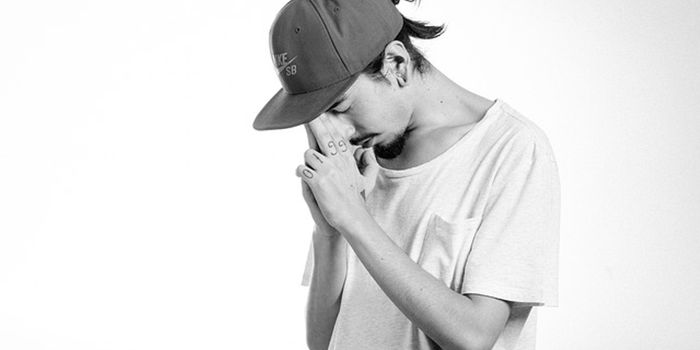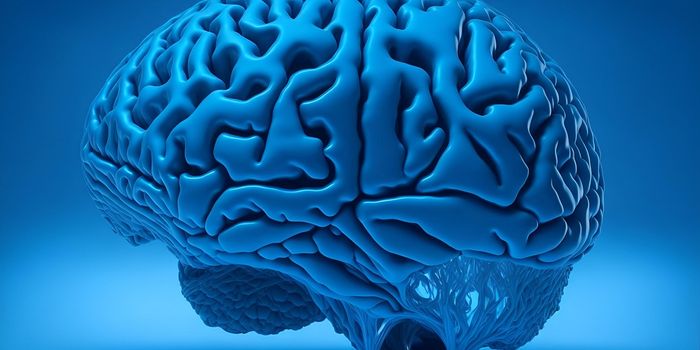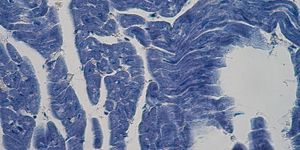LSD was the drug of choice for many in the 1960s and 1970s. In the flower child era, recreational users of acid were encouraged by scientist Tim Leary to "Turn on, tune in and drop out."
It's no longer as popular as it was back then, but some want to bring it back, in smaller amounts called "microdoses." The trend is to figure out a fraction of a typical dose and take that amount to enhance creativity and boost productivity. Of course, it's an illegal drug, but there are some who want to see if microdosing is safe and if it does improve mental function.
Amanda Fielding, the Countess of Wemyss and March, is the founder of the Beckley Foundation which has partnered with the Imperial Research Programme at the Imperial College of London. With Professors David Nutt and Dr. Robin Carhart-Harris of ICL, the goal is to investigate the efficiency and safety of tiny doses of LSD on cognitive performance. From bankers and finance professionals to music artists and technology workers, microdosing has become trendy. Many users claim that taking a small fraction of a typical dose of LSD makes a person more aware, more creative and unlocks more brain power.
A typical dose of LSD that would result in a "trip" the psychedelic high that most people have heard of is between 100 and 200 mcg. Someone who is ingesting the drug for a boost in creativity or productivity would take approximately 1/10th of that. There would be no "tripping" on such a small amount, but there is evidence that LSD impacts and could improve some brain activity. The first study to show, via MRI images, what LSD looks like in the brain was completed in 2016. That study showed that after ingesting 75 mcg of LSD, the patterns of electrical activity in the brain were different and patients reported having a burst of creativity and joy.
Fielding has wanted to do more research on the drug and will be attempting to raise money to pay for the study through crowdfunding. In an interview with Business Insider, she stated, "It's a study I've wanted to do for 30 years. I'm very interested in that level of [potential] cognitive enhancement which isn't a full-blown psychedelic state but is a lift in productivity and cognition and amusement or thinking further than one usually does. We want to look to see if we see those changes in cerebral circulation and connectivity and hopefully things like the ‘aha!' moment that comes with creativity as well."
Robin Carhart-Harris, who is working with Fielding, was involved in the 2016 study that produced the brain images of patients on LSD. He wrote, "The normal sense of self is broken down and replaced by a sense of reconnection with themselves, others, and the natural world." Seeing how the brain activity might differ in patients who are getting smaller doses over a period of four days versus the single larger dose is the goal of the research into microdosing. Fielding also aims to improve safety, since microdosing now is unregulated and there are concerns about triggering a psychotic episode or "bag trip" even at smaller amounts.
While the use of LSD will remain controversial, more information on how the drugs work, the effect they have on the brain and what dangers there might be can only be found by doing research. The video below, from the BBC, talks about the trend in microdosing and what it might mean for scientists who want to know more about the drug's impact.
